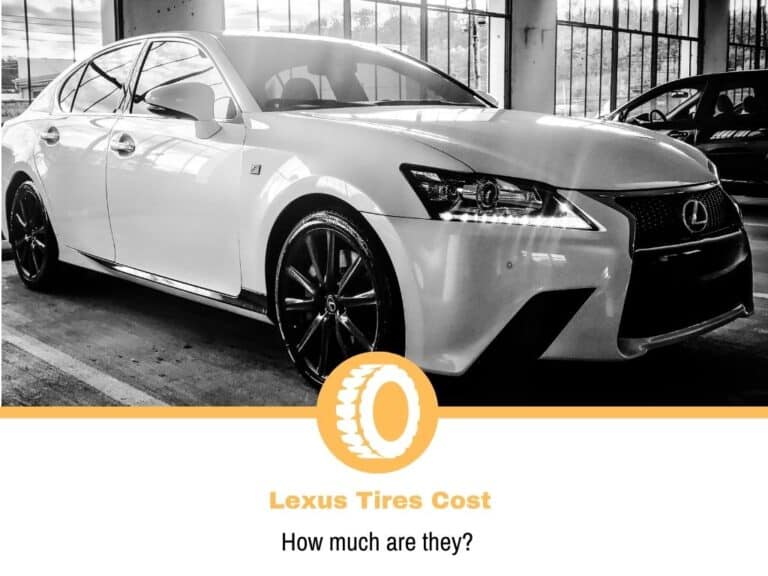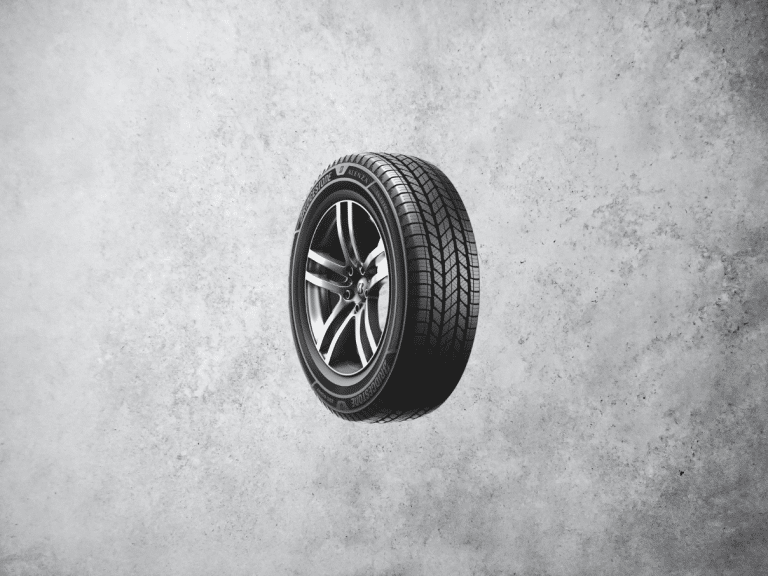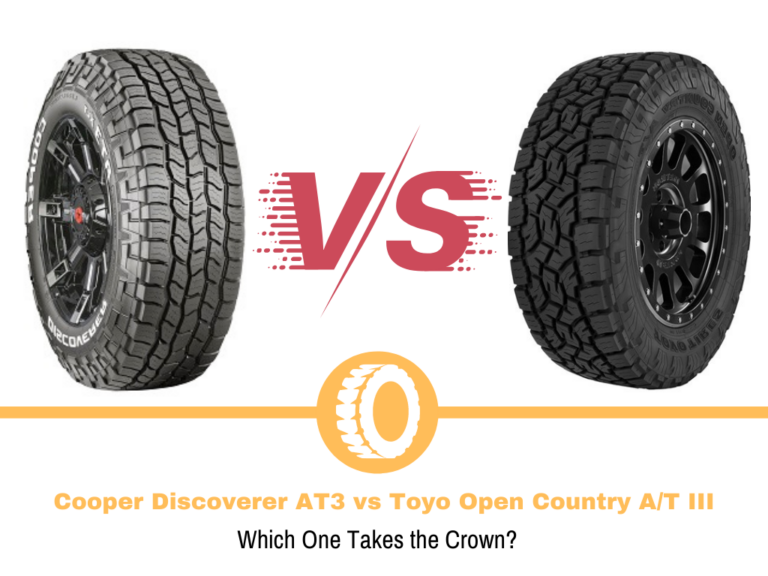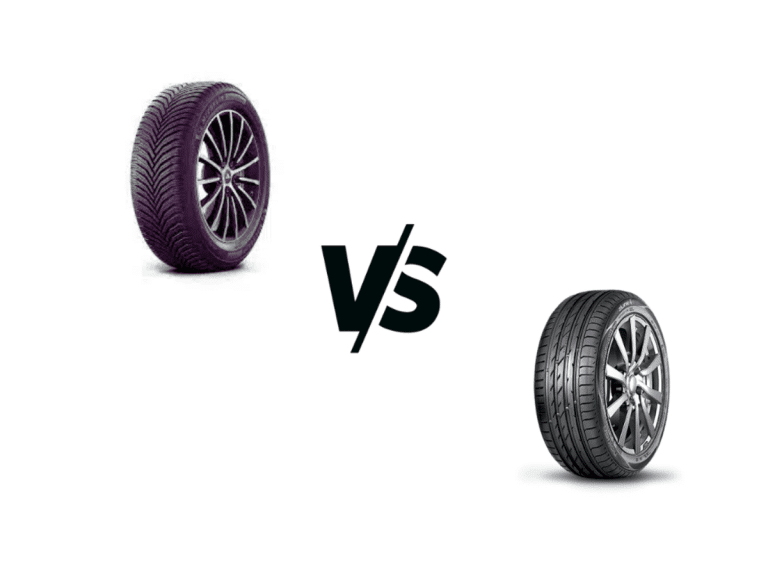Can Teslas Use Gas?
Tesla has demonstrated that electric cars can be beneficial, merging excellent performance and high-tech designs with a practical driving range. But no, Tesla doesn’t really sell gasoline cars, and none of these vehicles can operate on liquid fuel. Their vehicles rely on rechargeable batteries as their main and only source of energy, which can sometimes be produced by gasoline.
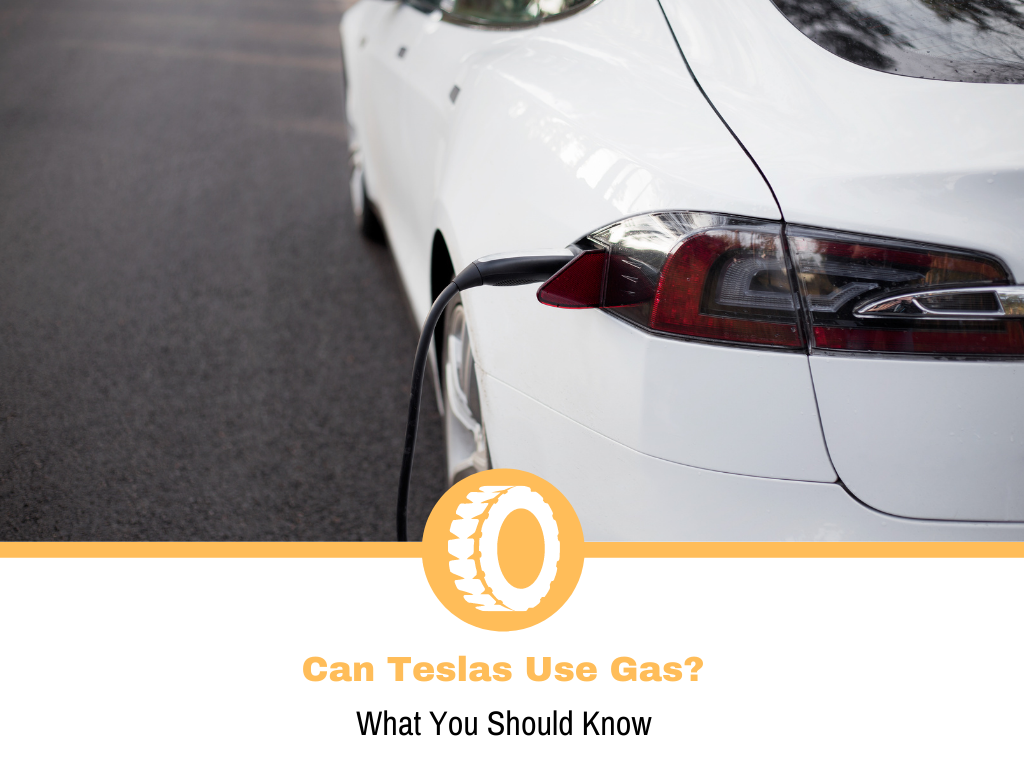
Teslas are and have always been hundred-percent battery operated.
Tesla seems to have no initiatives to devolve the quality or mechanisms used in its cars, therefore they will almost certainly still be electric-only. Their vehicles are environmentally friendly and technologically advanced, with all of their systems relying solely on electricity.
What are Teslas Using as an Alternative to Gasoline?
Tesla cars depend on large, high-capacity rechargeable batteries to work and power their numerous intricate systems. This indicates that all of the energy used by a Tesla must be transferred from a power plant to the battery packs. There isn’t a single-engine in a Tesla car in production. They have electric motors alternatively, which are not like engines, despite the fact that the two terms are frequently are considered synonymous.
Gas, or a byproduct of fuel, such as steam from a coal or petroleum boiler, is mainly converted into mechanical energy by engines. Engines run on gasoline, diesel, kerosene, oil, and heat in the particular instance of Stirling engines. Motors, on the other contrary, transform electricity into mechanical energy directly.
Tesla stock surged as the price of crude oil dropped. This occurred although Tesla only recently began manufacturing in China and is relying on revenues to the Chinese market during the Coronavirus outbreak. If the industry had seen Tesla as a firm providing an alternative to gas, that perspective has changed. Tesla has become something entirely different, and nobody seems to mind that oil prices are falling and Tesla’s significant China expenditure is currently caught in a Coronavirus mishap.
What are the Locations at Which Tesla Batteries can be Charged?
There are three primary ways for charging Tesla batteries at home or on the road, from the default trickle home charger, wall charger, to the more powerful ‘supercharger’.
Trickle charger
The first is to use the provided home slow charger, which requires a 120-volt home outlet to operate. This method of charging a Tesla takes a long time and is the least efficient.
Wall charger
The Tesla Wall Charger is the second option. This charging unit is much more powerful, as it connects directly to your home’s electrical system. When Tesla owners plug their cars into this charger when they get home from work, the car is usually fully charged when they wake up tomorrow morning to use it.
Supercharger
The third method is the quickest. Tesla’s ‘Superchargers,‘ which can be found in parking spaces and gas stations around the country, are used in this method. Superchargers resemble a streamlined gas pump in appearance. In comparison to all other methods, the ultra-fast chargers can give around 200 miles of range to one’s Tesla’s batteries in about 15 minutes.
Tesla charging stations can be found in a variety of places, which include mall parking lots, service stations, roadside parking bays, and other assigned areas.
Tesla cars can be charged at other charging stations that are designed for generic electric vehicles using an adapter. However, this method is longer than superchargers, and it’s ideal not to charge the Tesla at a third-party location.
Tesla commenced operations with over 25,000 superchargers around the world, which can charge many Tesla cars in minutes. While not quite as common as gas stations or as quick and convenient as having to fill up a gas tank, they do guarantee that Tesla owners have the choice to explore just about anywhere in the world with only a few extra total time consumed on recharging.
Is It Possible to Charge a Tesla with Gasoline?
If desired, a Tesla can be charged with gasoline via a gasoline-powered generator since Tesla cars lack an engine and a fuel tank.
A gasoline-powered generator can be used to charge a Tesla, and several people did that during power interruptions or while traveling in isolated places. Diesel generators, on the other hand, are more popular on a greater scale. However, this charging process is much less convenient than gas engines, which are terribly inefficient and end up wasting a lot of energy.
Is Tesla’s Charging Time Too Long?
Teslas do not charge slowly. When particularly in comparison to other battery-powered types of equipment, they charge much more quickly. In ten to fifteen minutes, Tesla chargers can insert remarkable power into a car battery.
Even though this is slower than filling a gas tank, the advantages of electric vehicles presumably surpass the inconvenience of a few extra minutes spent charging a large automotive battery.
Why did Tesla Opt for Battery Power?
Tesla’s evident preferences were batteries and electricity. This was obvious from the start of the firm, which was founded in 2004 as a manufacturer of only electric vehicles. According to sources, this has always been the intention that Tesla vehicles were never intended to run on gasoline.
Then what about hybrids? At the time, hybrid vehicles have been increasing in popularity as it is the only commercially available feasible alternative to conventional gasoline cars. Whenever a hybrid car’s battery is low, the car’s engine automatically turns to gasoline. The car will switch to gas as its primary fuel source regularly, extending the vehicle’s range. But it is all hybrids were, a bridge between today’s modern car and of the coming years.
In contrast to hybrids, which had been simply modified versions of traditional gasoline cars, Tesla started building the vehicle of the future from the bottom up. Tesla does not produce hybrid cars. Hybrids run on both gas and electricity. Compared with purely electric cars or conventional gas-powered cars, these autos have a longer driving range.
The battery pack in a Tesla is several times the size of a conventional 12-volt battery found in an Internal combustion engine (ICE) vehicle; thus, Tesla batteries could indeed hold large quantities of energy. This power is transported to the Tesla’s tires via independent electric motors, and the battery can be charged up using a common household outlet, even though Tesla’s specialized superchargers significantly reduce charging times by supplying more energy into the battery.
As a result, Teslas have never used any gas, as their drivetrain is entirely powered by electrical energy from the onboard rechargeable battery. Using this all-electric method, the Tesla Model S Long Range has an EPA-estimated range of 405 miles.
FAQs about Tesla Cars
What is the source of Tesla’s electricity?
The answer would be challenging because it is dependent on one’s location. A Tesla charging point in a state, for an instance, is highly probable to be powered by a nearby coal-fired power plant. The charging station in some places, on the other hand, may be powered by different power plants.
Are Tesla cars beneficial to the environment than gas cars?
Tesla vehicles seem to be more good for the environment to operate than gas cars. Driving a Tesla is more environmentally friendly because of its efficiency. And power plants are among the most efficient methods of converting fossil fuels to electricity. Large steam turbines, such as those located in power plants, are extremely efficient, reaching up to 90% efficiency in certain instances. This shows that a large considerable amount of energy generated by the combustion of coal is converted into electrical energy.
When power flows through the lines, it charges the Tesla’s battery packs, which store energy to be used on the road. The charging efficiency of Tesla is also in excess of 90%, implying that a significant proportion of the power utilized goes into batteries.
When compared to a gas car il is the source of gas and it must be extracted from the earth and transported, but at a higher cost than coal. Afterward, the oil must be refined using heat, which necessitates more fuel consumption and the emission of carbon dioxide in the atmosphere as well as other chemical products.
Driving an electric car, such as a Tesla, is clearly more sustainable and environmentally friendly than driving a gasoline-powered vehicle.
Will Gasoline Be Replaced by Electric Vehicles?
Electric cars will most likely replace gasoline in the not-too-distant future. In many instances, electric cars are tidier, secure, more reliable, and more enjoyable to drive. They also provide an entry point into self-driving advanced technologies, though the real-world applications are likely exaggerated.
Nevertheless, there are plenty of factors why Tesla as well as other automakers will almost certainly phase out gasoline-powered vehicles in the upcoming years. The main roadblocks are cost and battery capacity, both of which engineers are working hard to improve.
Gasoline will be phased out once electric vehicles have become cost-effective to manufacture and, in turn, less pricey than traditional gasoline vehicles.
Conclusion
In conclusion, while Tesla vehicles never use gasoline, they have their own launch system, which has its unique strengths and weaknesses especially in comparison to a gas-powered vehicle. Readers might want to retain this knowledge in mind as electric vehicle sales begin to escalate to new highs.
